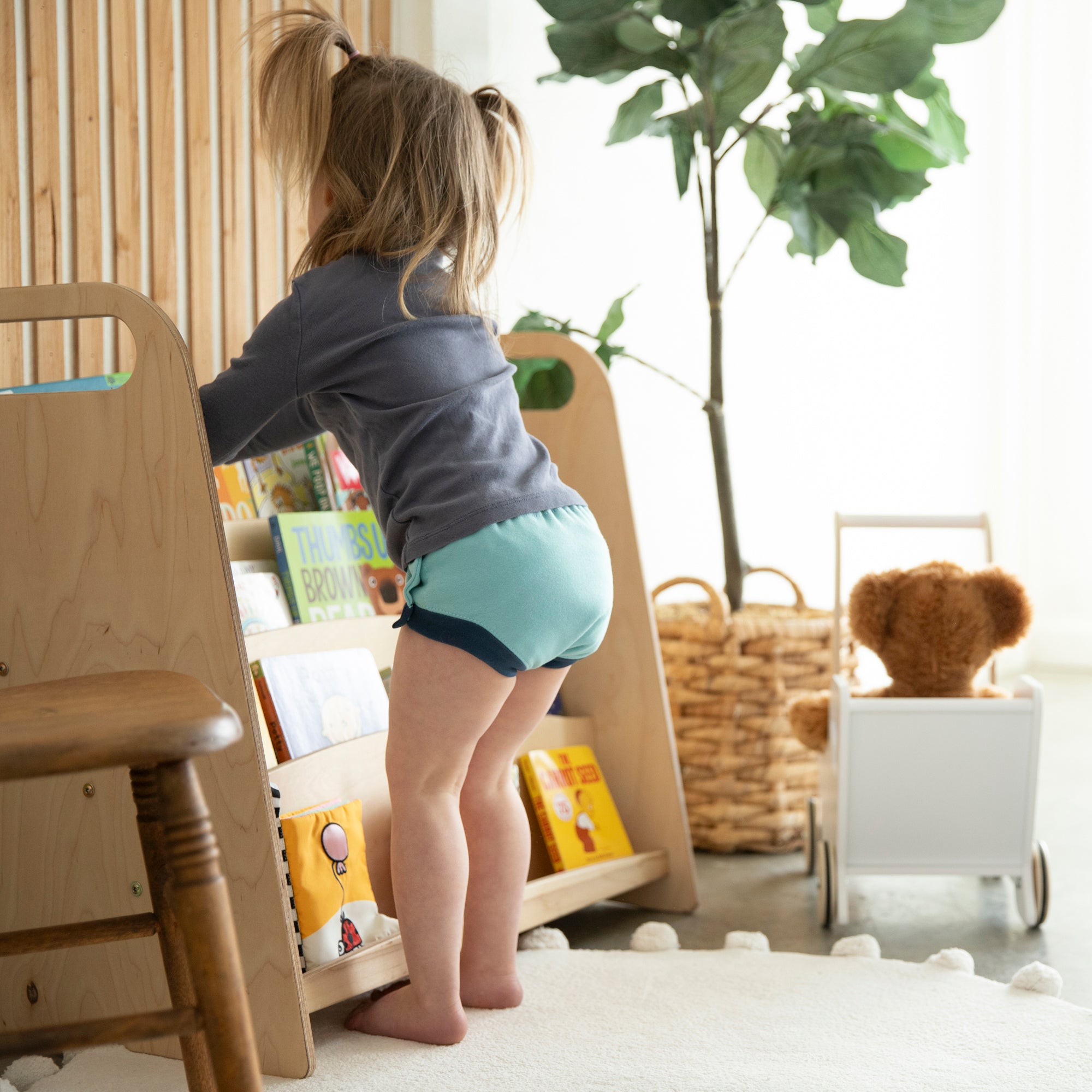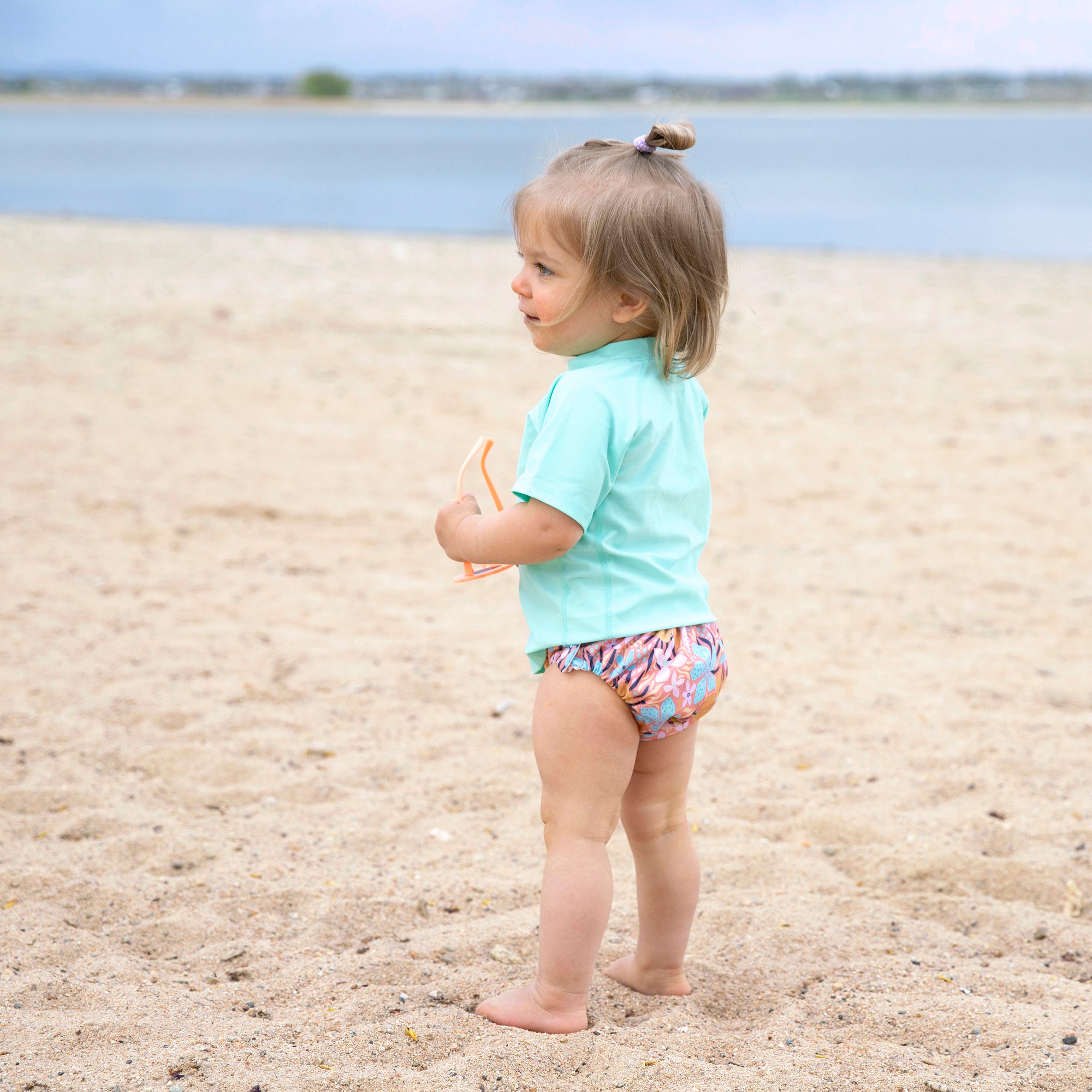High Efficiency, or HE machines, can be top loading or front loading washing machines. Top-loading models look like standard machines from the outside, but like their front-loading cousin, they use different
 types of washing action to get clothes clean using less water and energy. Front-loading models are similar to machines used in Laundromats, which lift and drop clothing into the water instead of rubbing clothes around an agitator. Many HE machines have sensors to monitor incoming water temperature and the weight of the load. They also rinse clothes with repeated high-pressure spraying instead of soaking them in a full tub of water. Both top-loading and front-loading ENERGY STAR certified washers save resources such as gas, electricity, and water. They utilize faster spin cycles to extract more water out of the laundry, reducing dryer time and energy use. HE Facts Water Traditional machines generally require enough water to cover all the clothes in the drum, while a high efficiency washer needs only about a 20-66% of that amount. Wash Time Wash cycle times are generally longer with a high efficiency washing machine, but dryer times are decreased.
types of washing action to get clothes clean using less water and energy. Front-loading models are similar to machines used in Laundromats, which lift and drop clothing into the water instead of rubbing clothes around an agitator. Many HE machines have sensors to monitor incoming water temperature and the weight of the load. They also rinse clothes with repeated high-pressure spraying instead of soaking them in a full tub of water. Both top-loading and front-loading ENERGY STAR certified washers save resources such as gas, electricity, and water. They utilize faster spin cycles to extract more water out of the laundry, reducing dryer time and energy use. HE Facts Water Traditional machines generally require enough water to cover all the clothes in the drum, while a high efficiency washer needs only about a 20-66% of that amount. Wash Time Wash cycle times are generally longer with a high efficiency washing machine, but dryer times are decreased.

Cleaning the machine
Since water use is low, there's a tendency for soap and soil residue to build. This requires you to run a monthly cleaning cycle. Laundry Detergent High efficiency machines cannot use the same detergent you buy for a traditional machine. High efficiency detergents do the same great job of cleaning but are formulated to work better in a low water environment. Efficiency Since there's either no agitator or a smaller agitator in high efficiency washing machines, you can also generally do larger, and hence fewer, loads than in traditional machines. Energy Star Washers with the ENERGY STAR rating use about 35 percent less water and about 20 percent less energy than standard washing machines (15 gallons of water per load, compared to the 23 gallons). Benefits of HE machines- Performance: Great at getting clothing clean. HE machines usually have more customized settings which can provide for better cleaning. Many newer models of HE washers have sensors, enabling the machines to detect the weight of a load and the type of fabric, so they can run at optimal temperature and water levels.
- Less Wear and Tear: Unlike washers with agitators, which actually scrub the soil out of fabric, high-efficiency models toss and tumble through a stream of water to clean the laundry.
- Greater Capacity: Due to the removal of the agitator, front-loading washers save space inside allowing for larger loads. Front load machines can also be stacked with a dryer to save space.
- Resource Preservation: Energy Star-rated machines are required to use 30 percent less energy than traditional models, and most high-efficiency washers use 20-66 percent less water.
- Shorter Dry Times: Although the wash cycle is longer, the spin cycle removes more water from fabric. This may not be an issue for those line drying in arid climates, but can help for those using the dryer or with more humid climates.
- Cost Savings: Although HE machines can cost quite a bit more upfront, they can save money on resources such as energy and water. Keep in mind if using the sanitize cycle on clothing or linens, that this super-hot cycle increases energy use significantly.
- Initial Cost and Maintenance Costs: HE machines can come with a hefty price tag. The machines will also have higher maintenance costs, due to the high tech features and cost of specialized parts.
- Noise: The spin cycle on HE machines may be a bit noisy. Placing a thick mat under the machine may help.
- Mold and Mildew on front loaders: Due to the rubber seal utilized to keep the water in, mold and mildew can grow around the inside seal and in the washer. Cleaning the machine on a routine basis should help, as well as keeping the door open in between uses (make sure small children do not have access to the machine when the door is open). Also make sure to remove laundry promptly after the wash cycle is finished.
- Difficulty Cleaning Cloth Diapers: Due to the amount and nature of the soil in cloth diapers, HE machines may not clean cloth diapers thoroughly. This can depend on the amount of water that the machine uses, wash routine, and the make and model of machine.





For those who are tired of the headaches with HE machines, research Speed Queen. Old school “real” washer. 24-30 minute wash time,tub fills all the way to the top.
Well, just went through my first day doing the laundry with a new top-load HE washer! What a laugh! Sure, I supposedly saved 100 gallons overall, according to the script about these machines. But how can anyone find it acceptable that it takes well over an hour to do a single load? No wonder we hear that domestic work is never done! Granted, the dryer runs for shorter times, but I used to be able to wash two loads while the dryer was doing one load. This meant I could have a load of wash done at a rate of about 35 minutes per load, empty the dryer when it was done and immediately put in another load to dry. So, the whole thing was done in the shortest time possible. Now things are at a standstill while the washer “thinks?” it’s way through its cycle while the dryer just sits and waits after I’ve emptied the dryer, folded the clothes and put them away. This doesn’t sound highly efficient to me. Don’t know how a family with both adults working can find this acceptable. We’ve been duped again, folks.
I have had the opportunity to use all 3 types of machines. I never loved the traditional or HE top loaders. For my family they aren’t aggressive enough to clean our clothes. My preschoolers and hub are dirt magnets. I love the cleaning power of front loaders, but the mold is a serious issue. My new washer is coming in five days. I have promised to be diligent in maintenance this time. I’ve had two other FL washers. Hub says this is the last one for 10 years…eek! I’m a little nervous about the new energy standards causing extreme low water levels. I don’t want to void my warranty, but will turn up the water level by turning down the screw if needed. I’m nutty about clean clothes. :P
I hate HE washers!!! After putting up with one for the last five years I just purchased a used Kenmore 70 series, circa early 80’s, with all Whirlpool parts!! NOW THIS BABY IS A WASHING MACHINE!!! It does a heavy duty load in 35 minutes!!!! AMAZING!!! USES LOTS OF WATER… I DON’T CARE!!!
We have a very expensive HE front loader washer & dryer.
The sheets were better, but still dirty.The washer has never gotten the clothes clean.
We are very clean people and our clothes are practically clean when they go in, but come out just as dirty. I can see it on my white synthetic (golf) shirts that get yellow underarms and brown lines around the neck. Our white sheets come out dirty. Today, I put the soap & water in a sink and put the dirtiest part of the sheets in first, then soaked it all up and put the sheets in the washer. Set it for a 1hr delay. Also, the bleach cup with 1/2 strength bleach.
I did this last week with a white shirt, letting it set all day, and it did come out clean.
“HE” machines use less electricity and less water, but don’t clean at all. But, hey, at least they cost twice as much!
You're viewing 11-15 of 41 comments